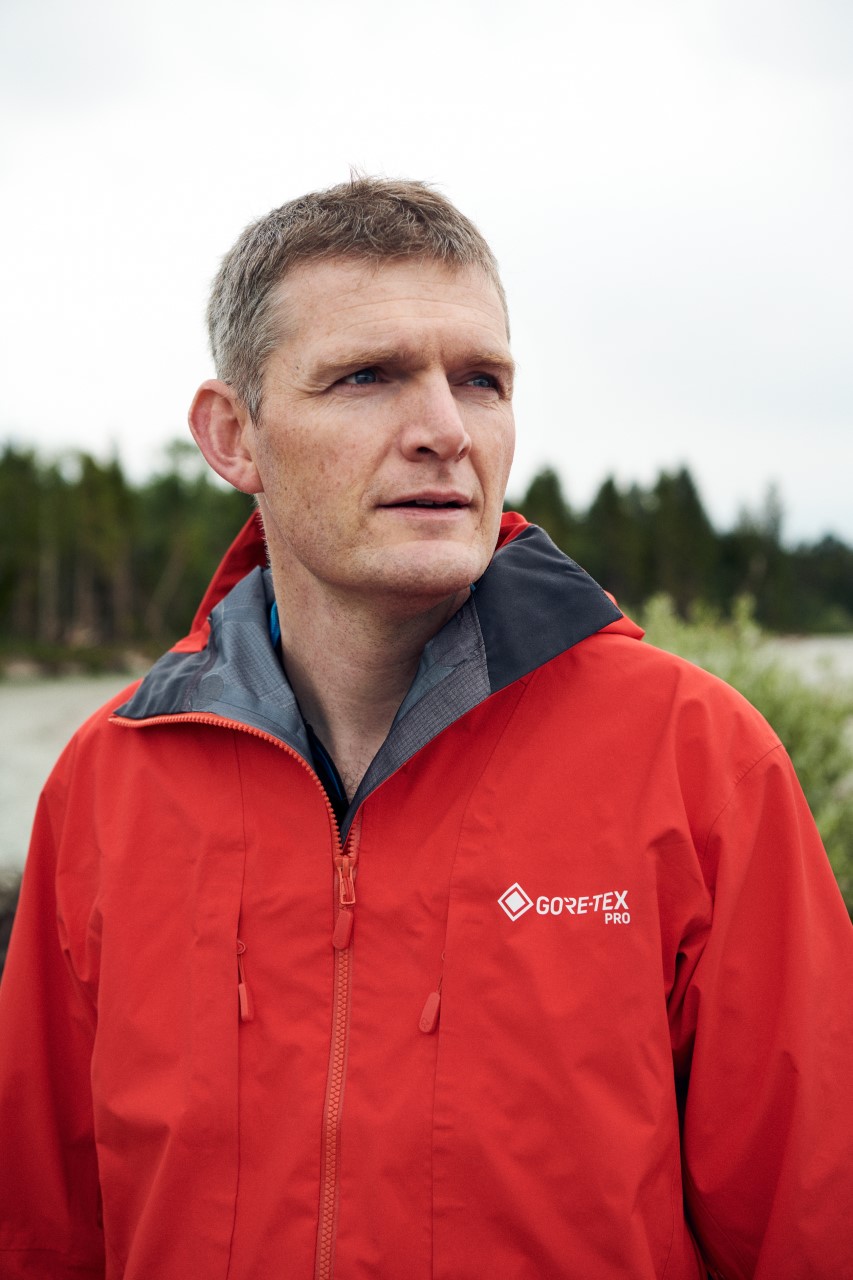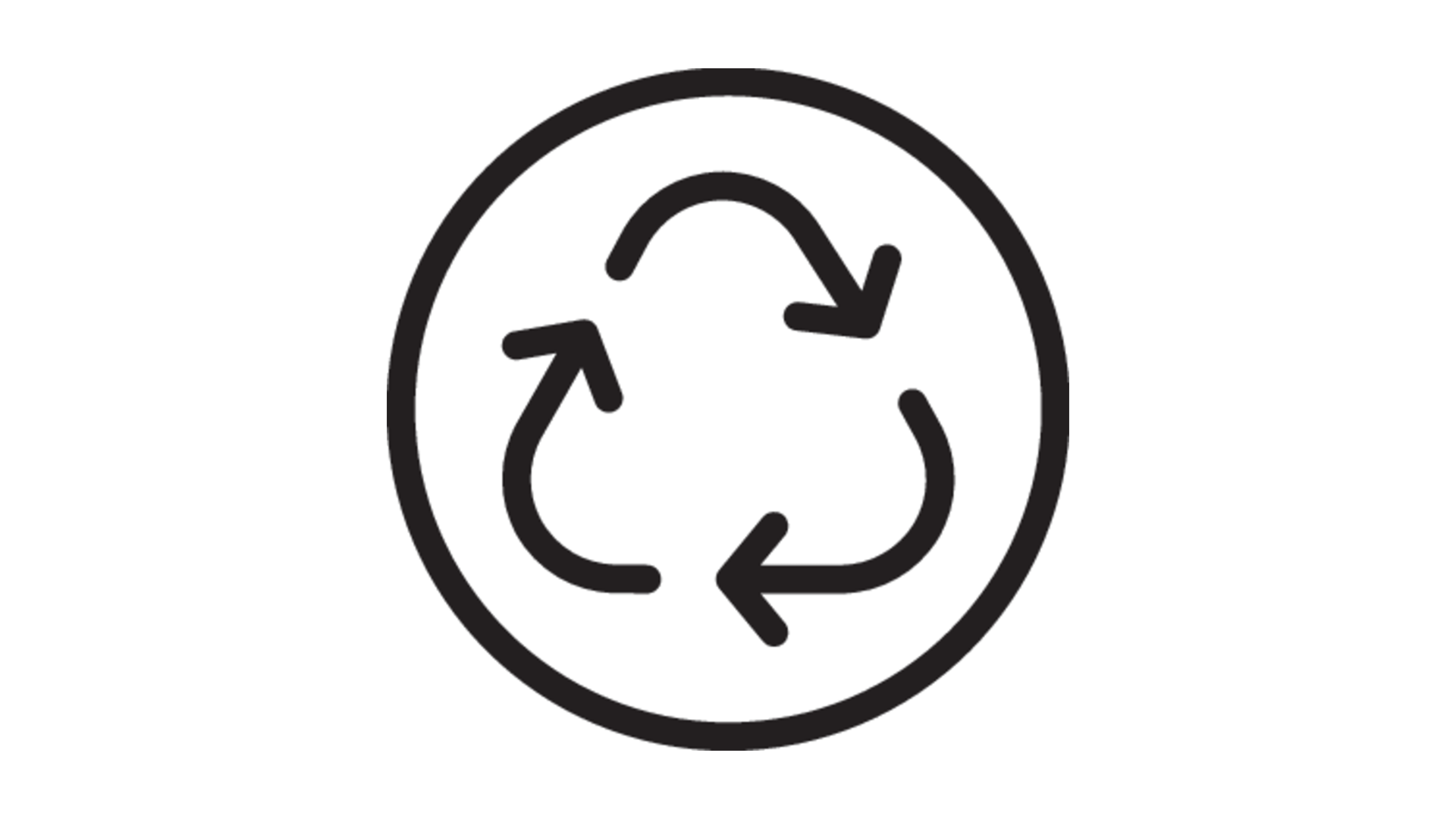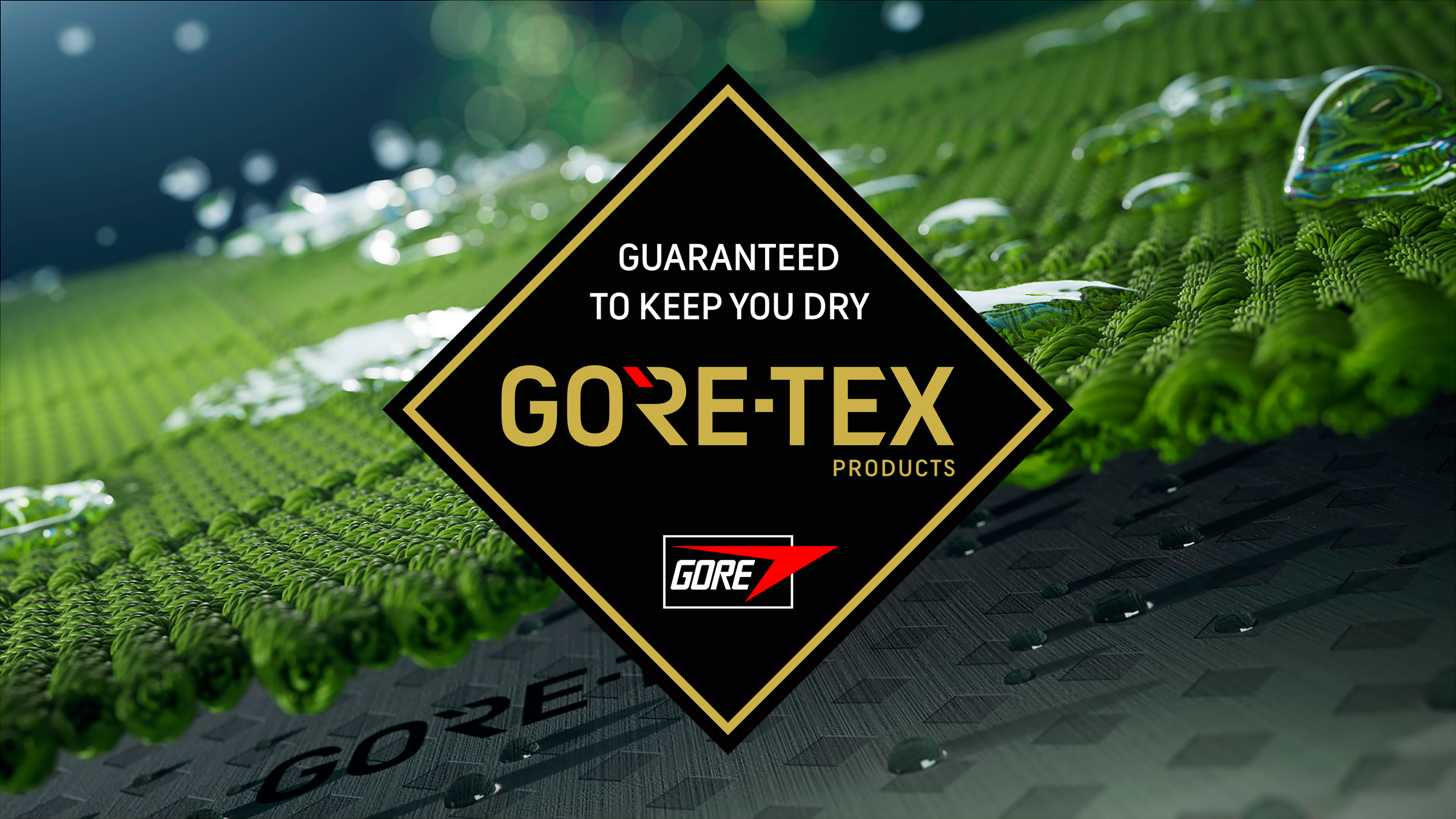This website uses cookies to ensure you get the best experience on our website. To read our full cookie policy please click here.
Next Generation GORE-TEX
In late September, GORE-TEX announced a revolutionary new weather-proof membrane that is less harmful to the environment than anything the company has produced before.
Polyethylene or ePE for short, is an extremely lightweight, durable, waterproof, windproof and breathable membrane. It is free of harmful PFCs and, because it is so light and therefore handled in smaller quantities, has a lower carbon footprint than other GORE-TEX products.
The membrane is ground-breaking for GORE-TEX, which has committed to eliminating all PFCs of environmental concern in its consumer fabrics by the end of 2023. ePE will also help continue GORE’s legacy of providing some of the world’s leading outdoor kit and its “GUARANTEED TO KEEP YOU DRY” promise, while reducing impact on the planet.
EcoSki caught up with Ross MacLaine, sustainability team leader of GORE-TEX’s fabrics division, for an exclusive chat about ePE and the company’s other environmental initiatives.
EcoSki: Thanks so much for talking to us Ross. This is big news for GORE-TEX — we’ve heard it said that there is nothing like your products, and finding alternatives that work as well but without harming the environment is proving hard. Do you think you’ve nailed it with ePE?

Ross MacLaine (above): We recognise we are a leading voice, but that comes with huge responsibility. We are making progress but we have more to do. We set the goal of eliminating PFCs of Environmental Concern from all consumer fabrics laminates by 2023 and the new ePE advances that goal. ePE is engineered for durable, long-lasting performance and since the majority of an item’s carbon footprint is in its manufacture, the longest-used product is the most sustainable. We’re working on more products, this isn’t the end of our quest.
ES: How long was ePE in development?
RM: It’s hard to give a start date because projects evolve and develop over time. Around 12 years ago we started looking very seriously at alternative polymers to our original fabric — an extremely thin membrane called ePTFE. They aren’t all bad — they have allowed us to produce long-lasting products which is what GORE is known for, and what our customers expect. This specific membrane, ePE, in the form it is now was first created about four years ago and has been rigorously tested throughout its development with professional organisations, professional athletes and trusted testers in environments like skiing and high-end mountaineering.
ES: When will we be able to buy a garment with ePE?
RM: So ePE will hit the stores in autumn 2022 as part of kit made by adidas, ARC’TERYX, Dakine, Patagonia, Reusch, Salomon, Ziener and more. We can’t say exactly what kit will be available — it’s up to the different brands [what they make with it], but it’s likely there will be ski apparel and certainly ski gloves. We are working with other customers, too.
ES: Tell us how the lower footprint of ePE can be calculated?
RM: There is no universal definition of what low environmental footprint actually means (yet), but the sheer physical lightness of the material reduces resources needed in production. As I said previously, the majority of an item’s carbon footprint is in its manufacture so the worst thing you can do is produce garments that don’t last that long. ePE has been through extensive field trials in the past four or five years to ensure it is durable. GORE is known for long-lasting products, that’s what PTFEs have allowed us to do, what we’re known for, and what our customers expect. We spend our lives [in the fabrics sustainability team] trying to make long-lasting kit because if you spend the footprint on the creation, you have to make sure a garment has a lifespan of 10 to 15 years. Five years is a relatively short lifespan for a GORE garment.

ES: How about the dying process for ePE — this can be a high-footprint process in the textile industry. What does GORE do across the board?
RM: We offer a solution-dyed ePE product, so the colour is added at the pellet stay meaning there is no subsequent dying step. This gives some challenges around minimum quantities — you have to produce larger batches — but there are lots of savings on water and energy. With all our products, where it makes sense, we’re trying to swap to solution dying and are offering an increasing range of face textiles that have been solution dyed to our brands — and working out how to increase those.

ES: How is ePE applied to fabrics for use in kit?
RM: There is a footprint around the creation of adhesives, but GORE pioneered the use of solvent-free adhesives. We produce a solvent-free laminate for ePE and our other products that is now broadly used in the textile industry. It’s called polyurthaine and it’s part of our BLUESIGN (link https://www.bluesign.com/en/business/the-blue-way) approved system (which signifies a responsible and transparent production process).
ES: Do you ski? How and when did you start at GORE?
RM: I first joined GORE as an engineer in 2006. I was a climber roaming the Scottish mountains. I worked through our technical teams before moving into sustainability.
ES: What else does the GORE sustainability team do?
RM: The initiatives started more than 30 years ago, but we’ve had a dedicated sustainability team for about 10 years. The company has always had a responsible outlook and we’ve introduced things like solvent-free adhesives and solution dying along the way. My focus is on fabrics, but there’s an enterprise community as well which works on things like cycle-to-work schemes, electric car charging points, eliminating single-use plastics, introducing recycling systems in the US where they didn’t commonly exist. There’s a whole section on our website with more information.


